Falling for Pumpkins
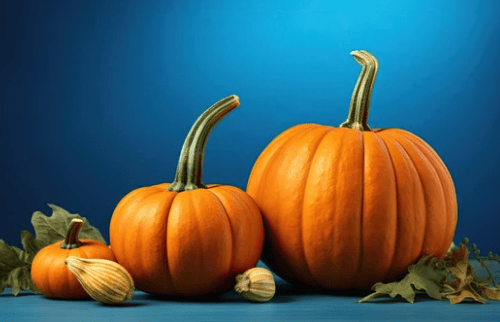
Pumpkins carve out increasing sales in the food and beverage market as consumer preferences jack up demand for this fall staple.
6.5%
The estimated compound annual growth rate of the U.S. processed pumpkin market (valued at $1.34 billion in 2020) between 2021 and 2028, according to Grand View Research.
Processed pumpkin is enjoying growing demand due its taste and flavor as well as its health benefits. The demand for fresh pumpkins is also on the rise.
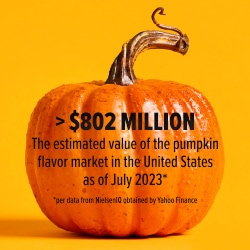
More Than 2 Billion Pounds
Estimated yearly pumpkin production in the United States. While all states produce pumpkins, six states harvest more than 1 billion pounds a year, according to the USDA:
- Illinois
- California
- Indiana
- Michigan
- Texas
- Virginia
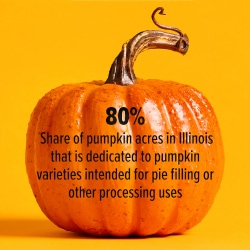
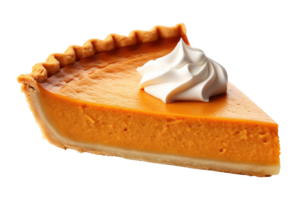
90-120 days
Estimated maturation period of pumpkins from the time the seed is planted. The time period depends on the pumpkin variety and environmental conditions. Pumpkins are ripe when they are completely colored and have a hard rind and woody stem.
Fresh or processed, the pumpkin supply chain includes the following links:
● Carriers/truckers
● Distributors
● Farmers/growers
● Harvesters
● Processors
● Receiving facilities
● Retailers
20 years
Since Starbucks introduced its Pumpkin Spice Latte (PSL). In fall 2003, Starbucks rolled out PSL in just 100 stores in Washington, D.C. and Vancouver, Canada as a market test.
The drink has propelled the pumpkin spice craze, an estimated $500-million industry, according to Nielsen sales data for pumpkin spice products.
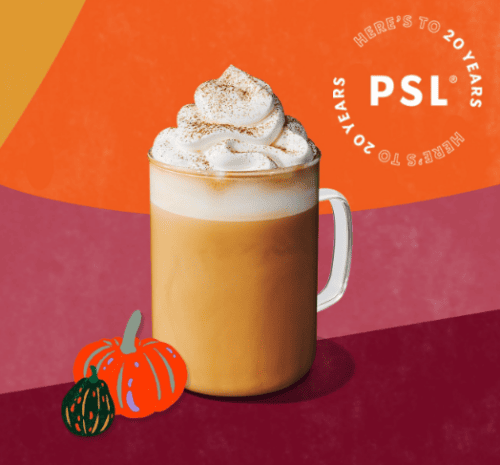
Sources: Thomasnet.com; U.S. Department of Agriculture; Starbucks; Grand View Research; Forbes; Yahoo Finance
